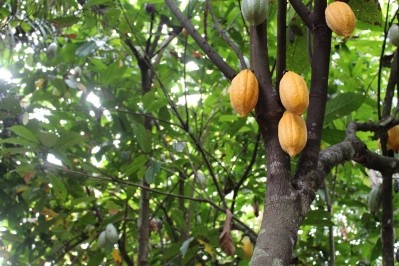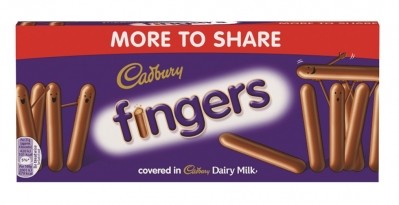Earnings results
Mondelēz new CEO announces ‘solid’ 2017 results driven by chocolate and biscuits

Mondelēz’s net revenues reached nearly $7bn in Q4 and almost $26bn in full-year 2017.
During the quarter, “three of our four regions: Europe (5%), Asia, Middle-East and Africa (2.6%) and Latin America (4.2%), each delivered solid profitable growth. Our emerging markets are improving and we exited 2017 with the brick countries gaining some momentum,” Van de Put said during the earnings conference call.
Emerging markets contributed 6.4% and 3.6% growths in revenues during Mondelēz’s Q4 and 2017 respectively.
However, a malware incident in June last year had a "significant negative effect” on the company’s North America performance, added Van de Put.
Net revenues for the region declined by 2.9% and 0.1% during Q4 and full-year 2017 respectively.
Van de Put said investors should expect Mondelēz’s North America to fully recover in 2018.
“We’ll still see margin expansion in North America. We have a robust productivity opportunity there. Volume leverage again will help as we get that business back to growth,” he said.
Snacking and chocolate categories
Brian Gladden, Mondelēz’s CFO, said snacking category growth finished the year at 2.1% with the second half performing better than the first.
“Our biscuits business grew 0.8% for the year with strength in the UK, Germany, and Southeast Asia. This was offset by weakness in the US.
“Approximately 30% of our year-to-date revenue grew our held share in this category. And excluding North America biscuits, about 80% of our revenue grew our held share.”
As for Mondelēz’s biscuits distribution model, Van de Put expressed his desire to stick with direct-store-delivery (DSD) model, which the company’s US competitor Kellogg exited last year.
“[DSD] is a powerful for our US biscuits business… so I do want to take some time to go through this and study and see what the cost benefit equation is for or keeping it or getting out of it,” said Van de Put. “It's part of our strategic review. We hope to have clarity near the middle of the year.”
On the chocolate side, Gladden said the sales were “strong, growing 5%” year-over-year.
“Highlights included exceptional growth in India, as well as solid results across Europe and Brazil. In addition, the impact of the first full year of our chocolate expansions in China and the US was an important contributor to growth,” he said. “Approximately 65% of our revenue grew or held share in this category.”
Gum and candy, however, declined mid-single digits in 2017 as the gum category continued to face headwinds, said Gladden.
The net sales of Mondelēz’s power brands including Oreo and belVita grew 3.7% and 2.1% during Q4 and full-year 2017 respectively.
Mondelēz expects its organic net revenues to increase 1% to 2% in 2018.
















